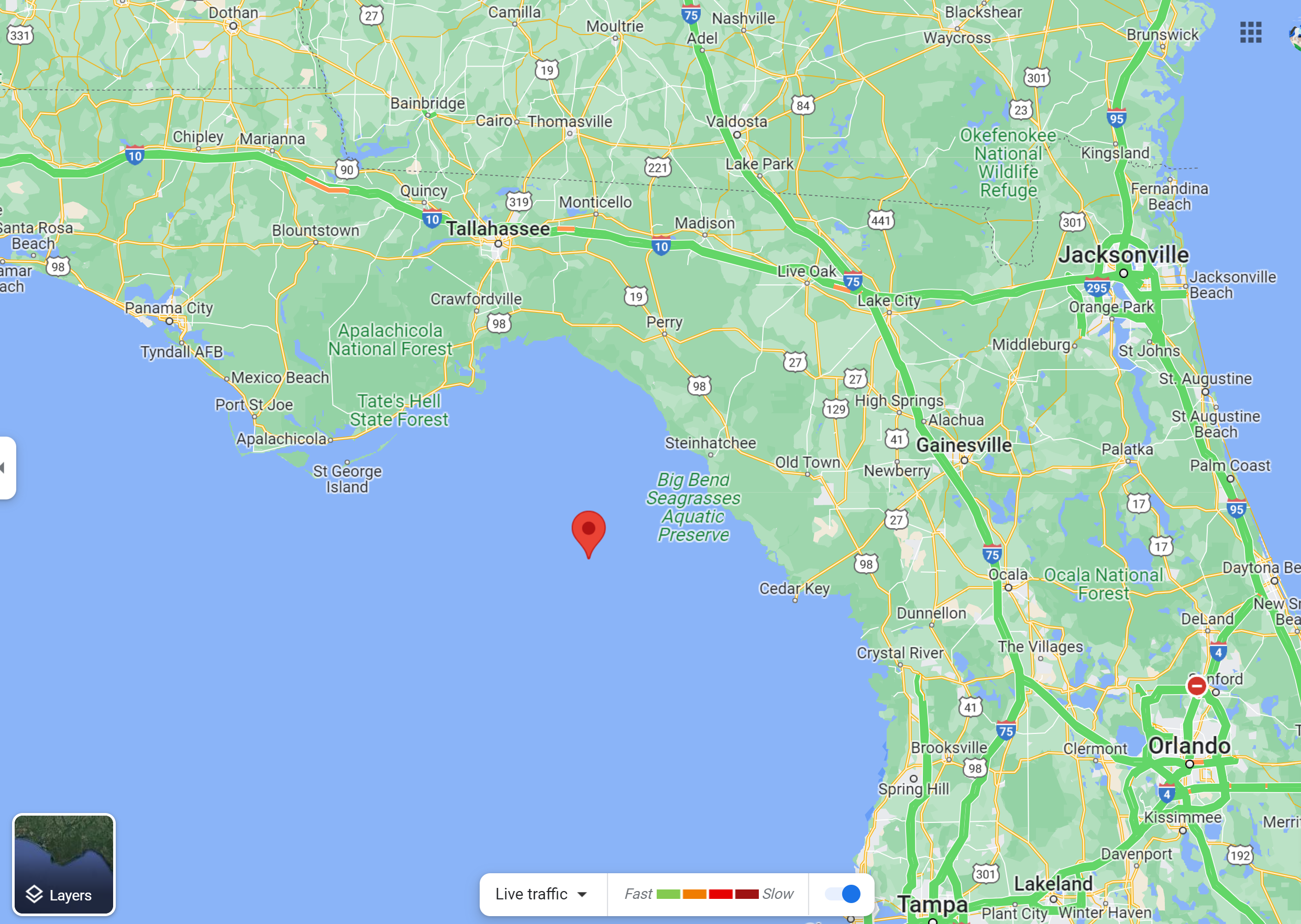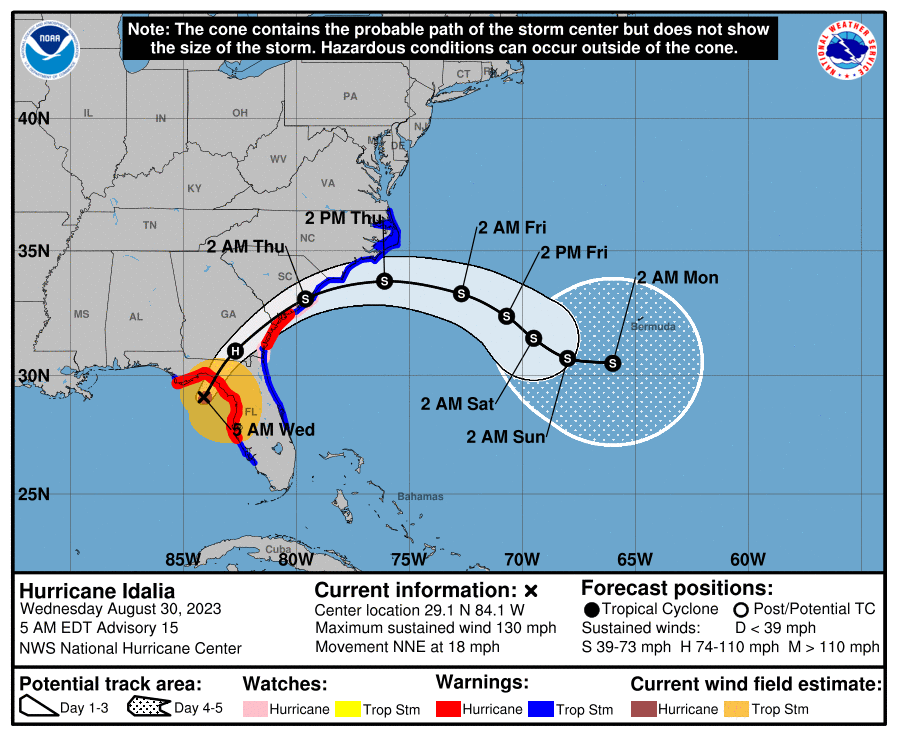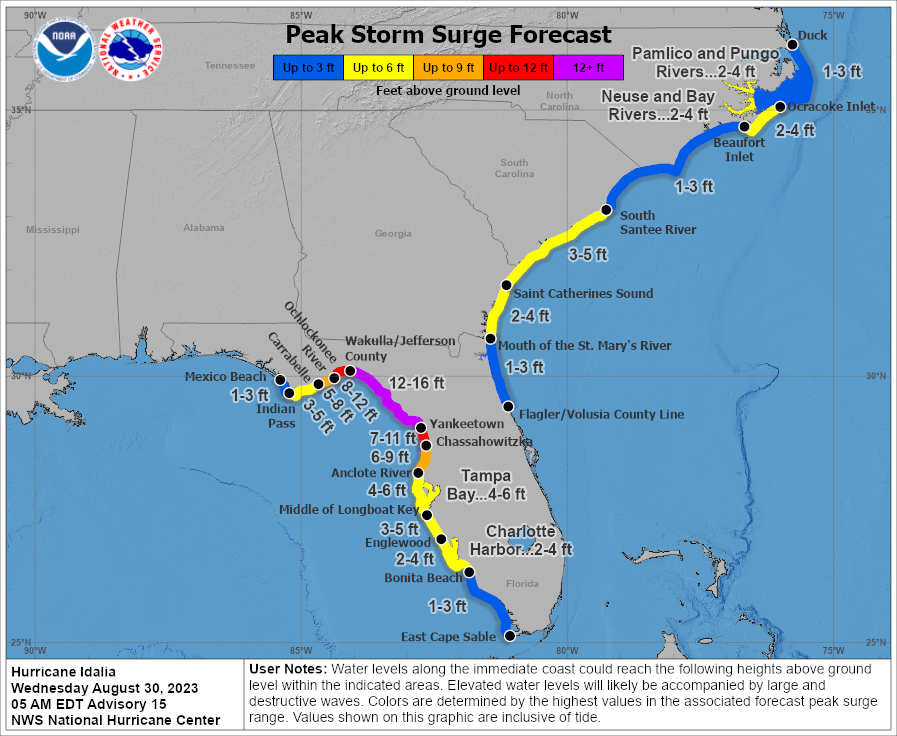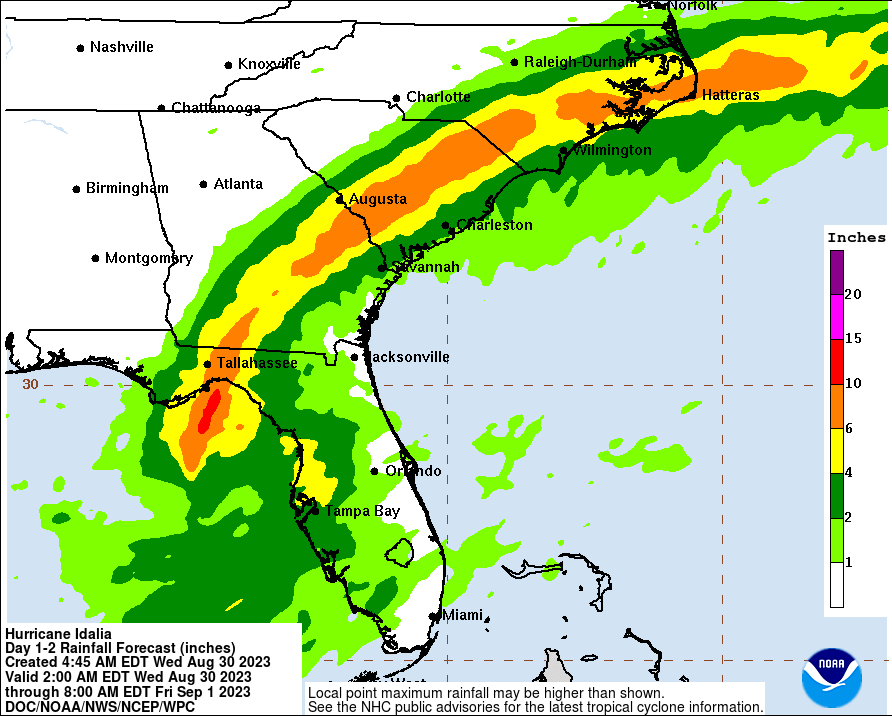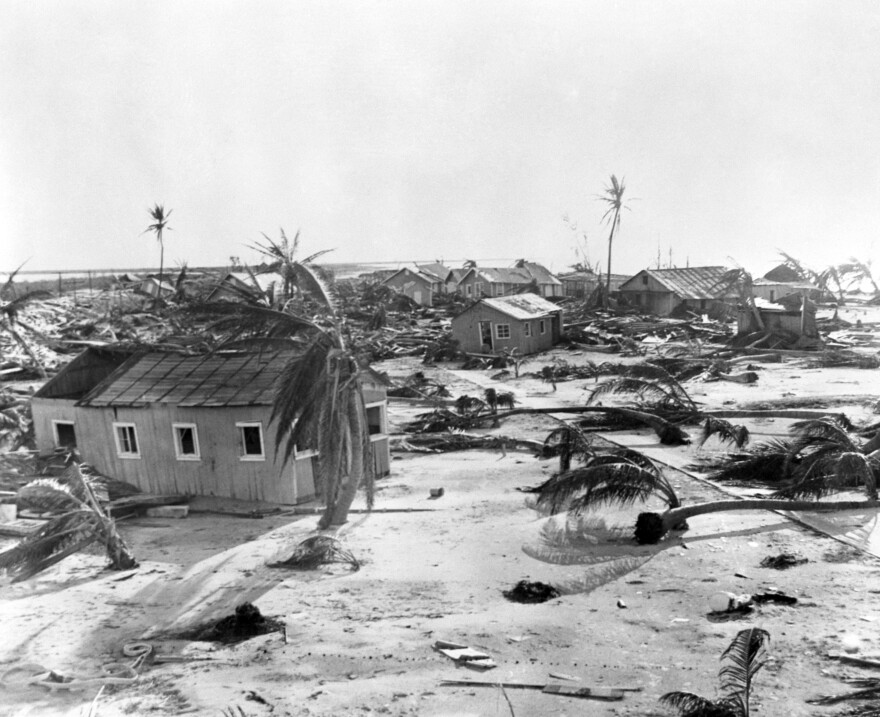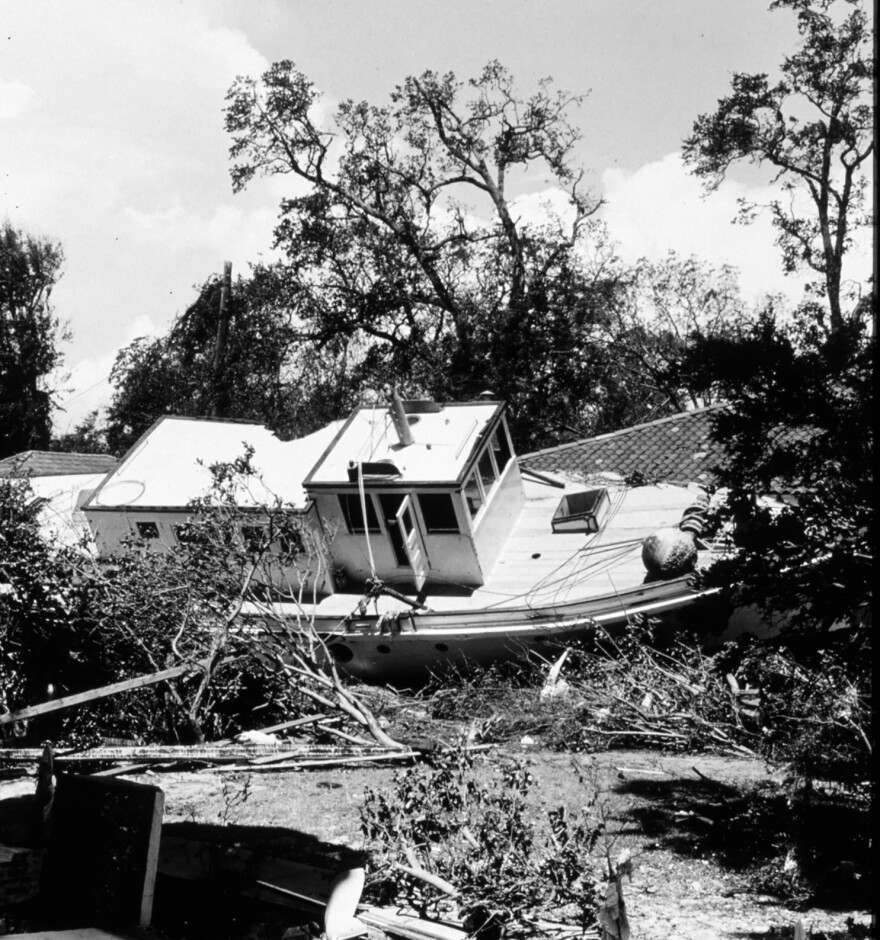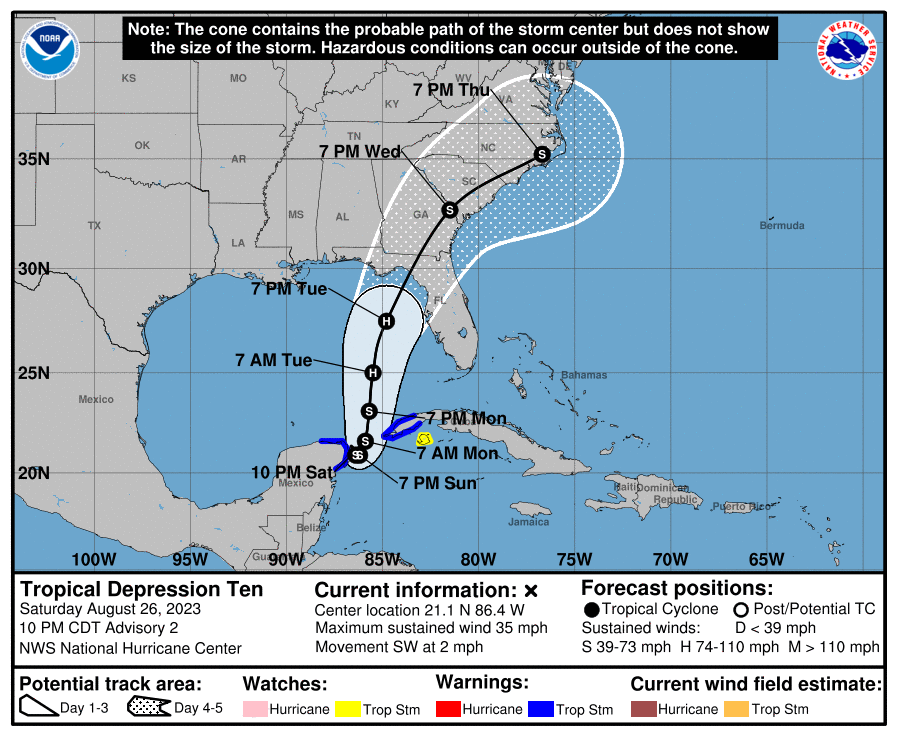As feared and somewhat expected, the NHC is now forecasting that Idalia will be a 130 mph Cat 4 storm at landfall in the Big Bend area, about 20 miles ESE of St. Mark's and 35 miles NW of Steinhatchee (i.e., the middle of freakin' nowhere, with no towns within 10 miles of landfall including inland of there - which is not a bad thing) tomorrow morning around 8 am EDT. Other than the intensity, the only other change was a minor shift of the track about 10 miles further NW than earlier today at 5 pm. Good luck tomorrow to anyone in the path of this storm.
https://www.nhc.noaa.gov/text/refresh/MIATCDAT5+shtml/292056.shtml?
Based on the current strengthening trend and the favorable
thermodynamic and oceanic conditions, significant strengthening
seems likely up to landfall. The new official intensity forecast
calls for Idalia to reach category 4 strength at landfall. This is
fairly close to the HAFS And HWRF regional hurricane model
simulations. After the center moves back over the Atlantic,
significant restrengthening is not anticipated at this time due to
the expectation of strong vertical west-southwesterly vertical wind
shear.
FORECAST POSITIONS AND MAX WINDS
INIT 30/0300Z 27.7N 84.5W 95 KT 110 MPH
12H 30/1200Z 30.0N 83.9W 115 KT 130 MPH...ON COAST
24H 31/0000Z 32.3N 81.3W 70 KT 80 MPH...INLAND
36H 31/1200Z 33.5N 78.6W 50 KT 60 MPH...OVER WATER
48H 01/0000Z 33.8N 75.0W 50 KT 60 MPH
60H 01/1200Z 33.5N 72.5W 50 KT 60 MPH
72H 02/0000Z 32.9N 71.0W 45 KT 50 MPH
96H 03/0000Z 32.0N 69.4W 45 KT 50 MPH
120H 04/0000Z 31.0N 68.4W 45 KT 50 MPH
https://www.nhc.noaa.gov/text/refresh/MIATCDAT5+shtml/292056.shtml?
Based on the current strengthening trend and the favorable
thermodynamic and oceanic conditions, significant strengthening
seems likely up to landfall. The new official intensity forecast
calls for Idalia to reach category 4 strength at landfall. This is
fairly close to the HAFS And HWRF regional hurricane model
simulations. After the center moves back over the Atlantic,
significant restrengthening is not anticipated at this time due to
the expectation of strong vertical west-southwesterly vertical wind
shear.
FORECAST POSITIONS AND MAX WINDS
INIT 30/0300Z 27.7N 84.5W 95 KT 110 MPH
12H 30/1200Z 30.0N 83.9W 115 KT 130 MPH...ON COAST
24H 31/0000Z 32.3N 81.3W 70 KT 80 MPH...INLAND
36H 31/1200Z 33.5N 78.6W 50 KT 60 MPH...OVER WATER
48H 01/0000Z 33.8N 75.0W 50 KT 60 MPH
60H 01/1200Z 33.5N 72.5W 50 KT 60 MPH
72H 02/0000Z 32.9N 71.0W 45 KT 50 MPH
96H 03/0000Z 32.0N 69.4W 45 KT 50 MPH
120H 04/0000Z 31.0N 68.4W 45 KT 50 MPH
